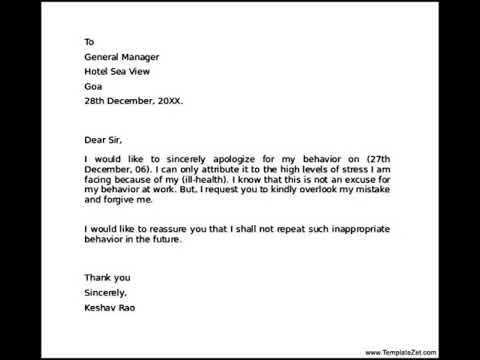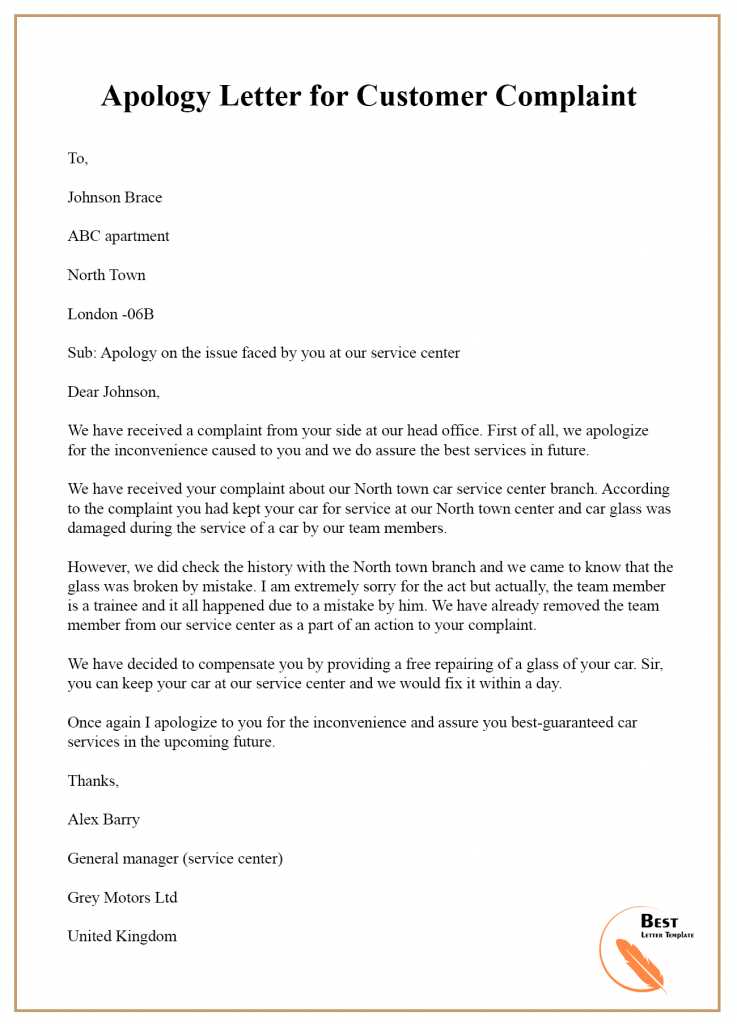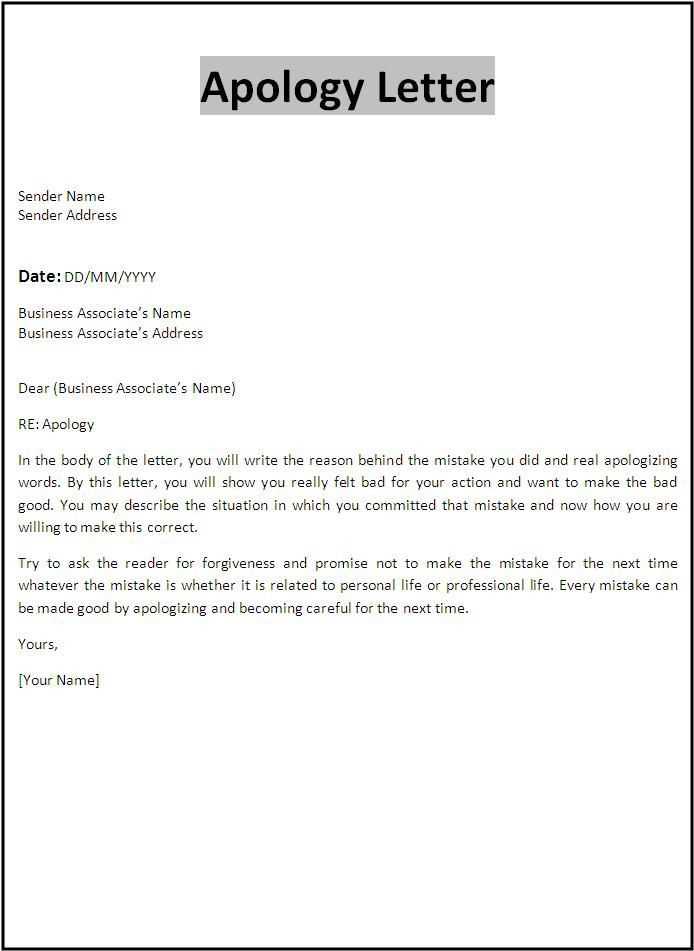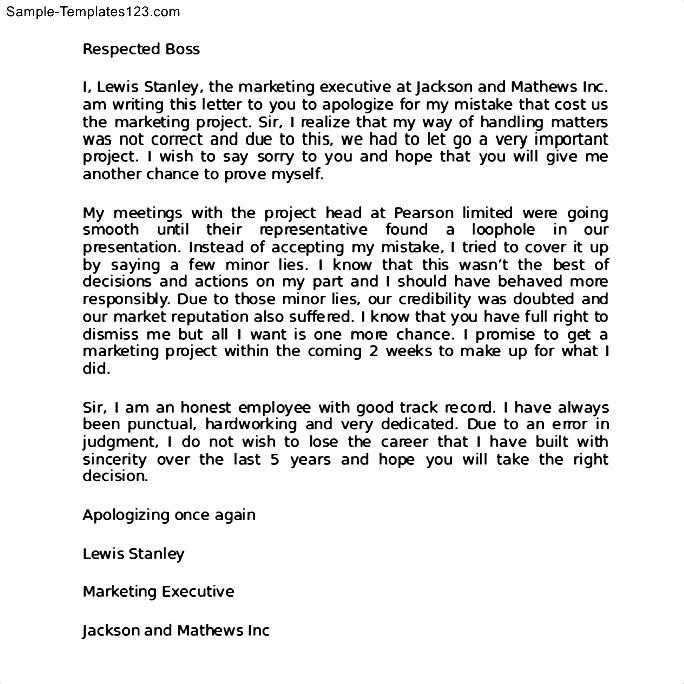Apology Letter Template for Behaviour Issues

Apologizing for one’s actions is essential when striving to rebuild trust and foster better relationships. A well-crafted expression of regret can help convey genuine feelings, encouraging understanding and healing. Whether addressing a personal misunderstanding or a professional error, having a structured approach ensures the message is conveyed clearly and sincerely.
Key Components of a Thoughtful Apology
To make sure your message resonates, it’s important to include several key elements:
- Admission of Fault: Acknowledge the impact of your actions and take responsibility for them.
- Genuine Expression of Regret: Show that you are truly sorry for what has happened.
- Commitment to Change: Offer assurance that steps will be taken to prevent similar issues in the future.
- Request for Forgiveness: Politely ask for the opportunity to make amends and rebuild trust.
Crafting Your Message
When putting together your expression of regret, keep your tone respectful and thoughtful. Avoid being defensive or making excuses. It’s important that the recipient knows you fully understand the effects of your actions on them.
Timing and Delivery
Consider when and how to communicate your feelings. Ensure the recipient is in a place where they can receive your message without distraction. If it’s a formal setting, consider delivering your message in writing. If it’s more personal, a face-to-face conversation might be better suited.
Common Mistakes to Avoid

While apologizing, there are a few pitfalls you should steer clear of:
- Minimizing the Issue: Don’t downplay the impact your actions have had.
- Blaming Others: Own your part in the situation without pointing fingers.
- Making Empty Promises: Only commit to changes that you are certain you can make.
By following these principles, you can effectively convey your regret and begin the process of mending relationships.
Understanding the Importance of Apologizing and Addressing Mistakes

Acknowledging when our actions have caused harm and expressing genuine remorse is a critical step in repairing relationships. A well-crafted message can help restore trust and demonstrate accountability, opening the door for reconciliation and understanding. Whether it’s a personal matter or a professional context, addressing the situation with care can lead to positive outcomes.
How to Structure a Sincere Message
When composing a thoughtful message, clarity and sincerity are paramount. Begin by acknowledging the specific action that caused harm, then express your regret, emphasizing your recognition of its impact. Follow up with an assurance of how you plan to make amends or avoid similar actions in the future. Conclude by seeking understanding and asking for forgiveness, if appropriate.
Key Components of a Successful Apology
For a message to be truly effective, it should include the following:
- Clear Acknowledgment: Directly identify what went wrong and why it affected others.
- Genuine Regret: Convey your heartfelt sorrow for the negative impact.
- Commitment to Improvement: Offer steps or assurances of change to show your dedication to making things right.
- Request for Forgiveness: Politely ask for the chance to move forward and rebuild trust.
When to Express Regret

Timing is key. Addressing the issue sooner rather than later is essential, but make sure the other party is receptive to the conversation. Choose a moment when both sides can calmly discuss the matter, free of distractions or heightened emotions.
Tips for Crafting a Heartfelt Message
While writing your message, be sure to avoid defensive language or excuses. Focus on your feelings and take full responsibility for your actions. Keep the tone respectful and consider the emotional state of the person receiving it.
Common Pitfalls to Avoid

- Excuses: Avoid justifying or minimizing your actions.
- Deflection: Do not shift blame onto others or external circumstances.
- Vague Statements: Be specific about what you regret and why.
By keeping these considerations in mind, you can craft a meaningful and constructive message that paves the way for healing and progress.